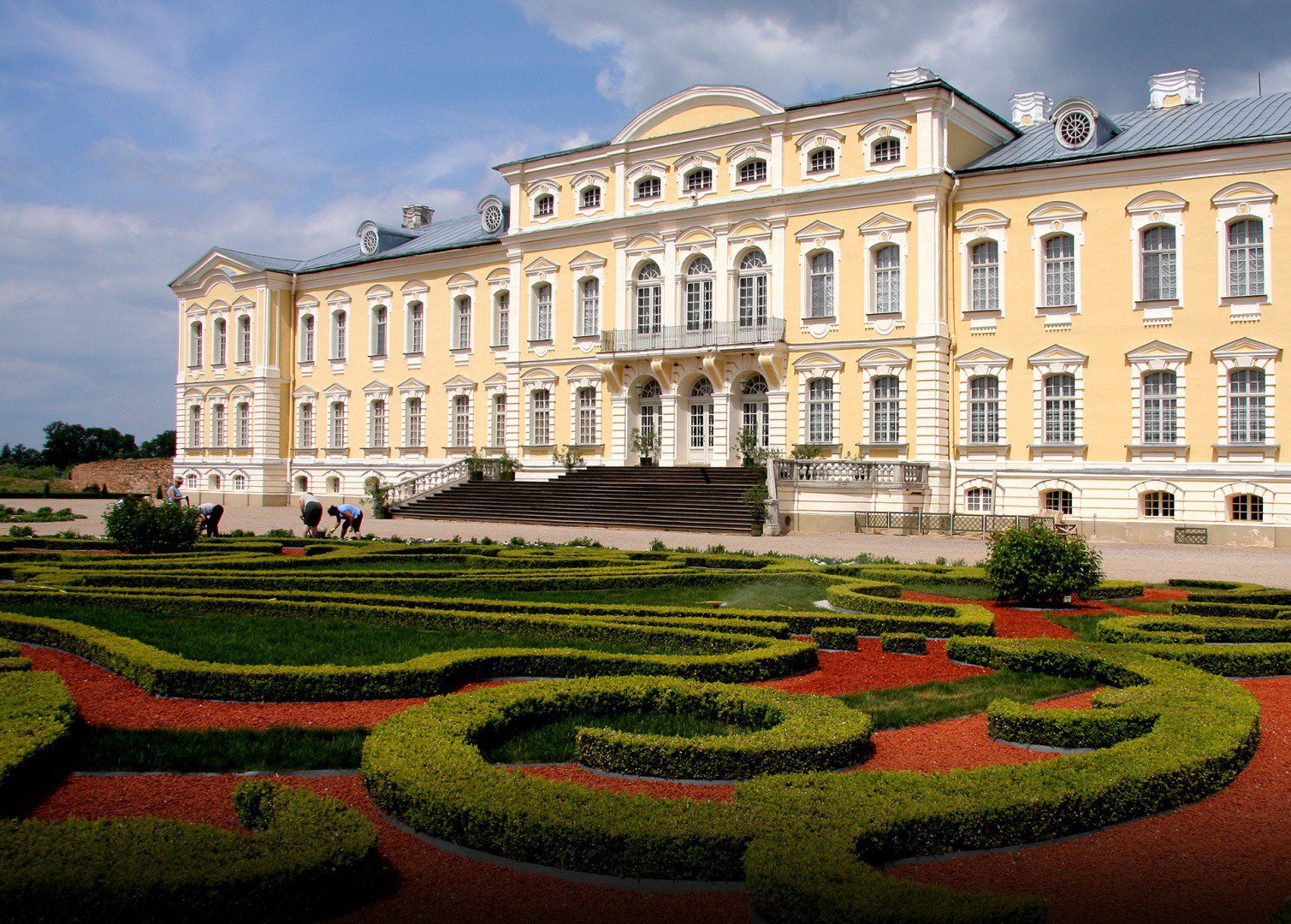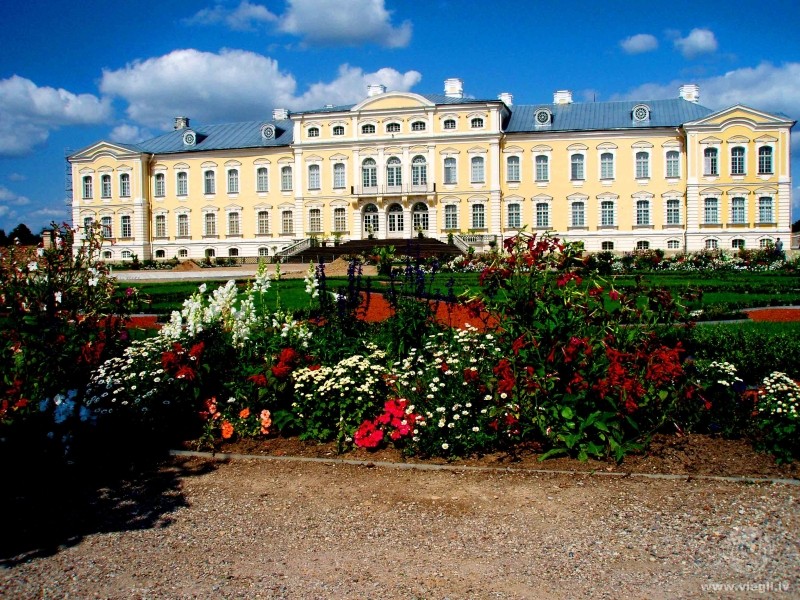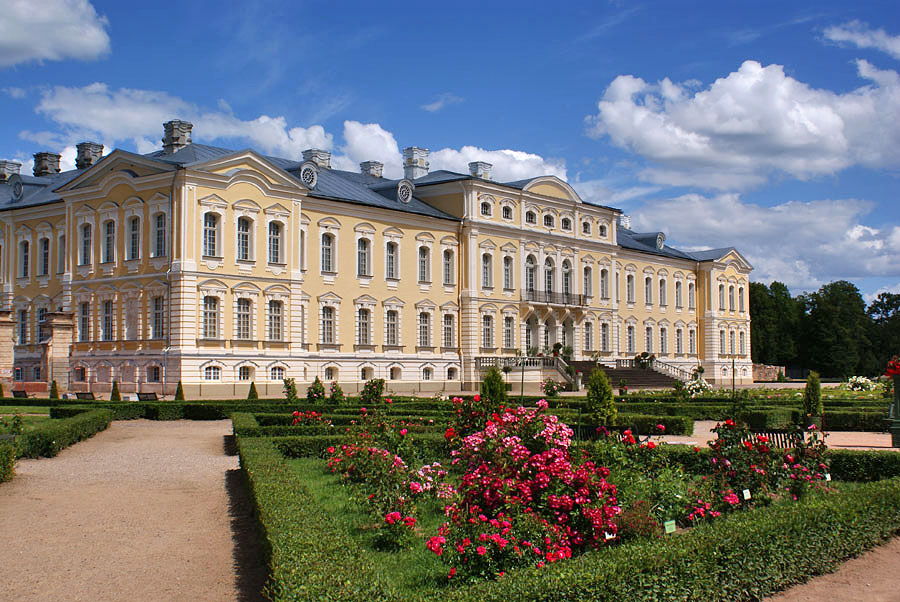Zemgale is the region in the southern part of Latvia, which stretches South from Riga and along the left bank of the Daugava River, up to the border of Lithuania.
In the North of Zemgale is part of the National Park Kemeri, famous for its therapeutic mud, hydrosulphuric springs and mineral waters.
Through the multitude of rivers of Latvia, Zemgale-Daugava, Lielupe, Musa and Memele.
Arriving in Zemgale, you get the opportunity to walk on the road of history, starting from the 9th century through the middle ages to the triumph of the Baroque.
History Of Zemgale
Zemgale is mentioned in the 12 century. The name of the region originates from the ancient tribes who inhabited the Semigallians this territory before the arrival of the German invaders in the 13th century. The fertile lands of Zemgale gave rich harvests, so there were a lot of wealthy households and many smaller families. In Zemgale at the Lielupe River was a large shopping center-Harbor Semigallians, which was visited by ships from different countries and where there was a brisk trade. Semigallian Castle boyars with his fighting the army often invaded the territory of Lithuanians, Livonians and latgallians, taking away from the rich booty. In turn, the Lithuanian raids devastated the village of Semigallians.
At the time of the arrival of the Crusaders in Latvia in Tērvete rules Viestards which submitted most of the districts in Zemgale. Viestards went on to collaborate with the Germans and called for their joint attack on the Lithuanians. Bishop Albert of Riga, realizing the impossibility of capturing the Zemgale region by force, went to an alliance with Viestartsom, but has sought to undermine the unity of the semigallian inside. Guile he managed to persuade the wealthy begin of Mežotne refused to obey Viestartsu, accepted Christianity and allowed the military to a squad of Germans settled in the castle of Mežotne. Under pain of excommunication and other threats Albert made the ban for the German trading ships visiting the harbor the Semigallians. As a result, all proceeds from the sale going to Riga.
The German conquerors took almost a century to establish its authority over the entire territory of the Zemgale region, after which it became part of Livonia, and since the mid 16th century became part of Kurzeme Zemgale and Courland. At the end of the 18th century it became the Courland governorate of Russia (which includes also Palanga), based in Mitave (Jelgava).












